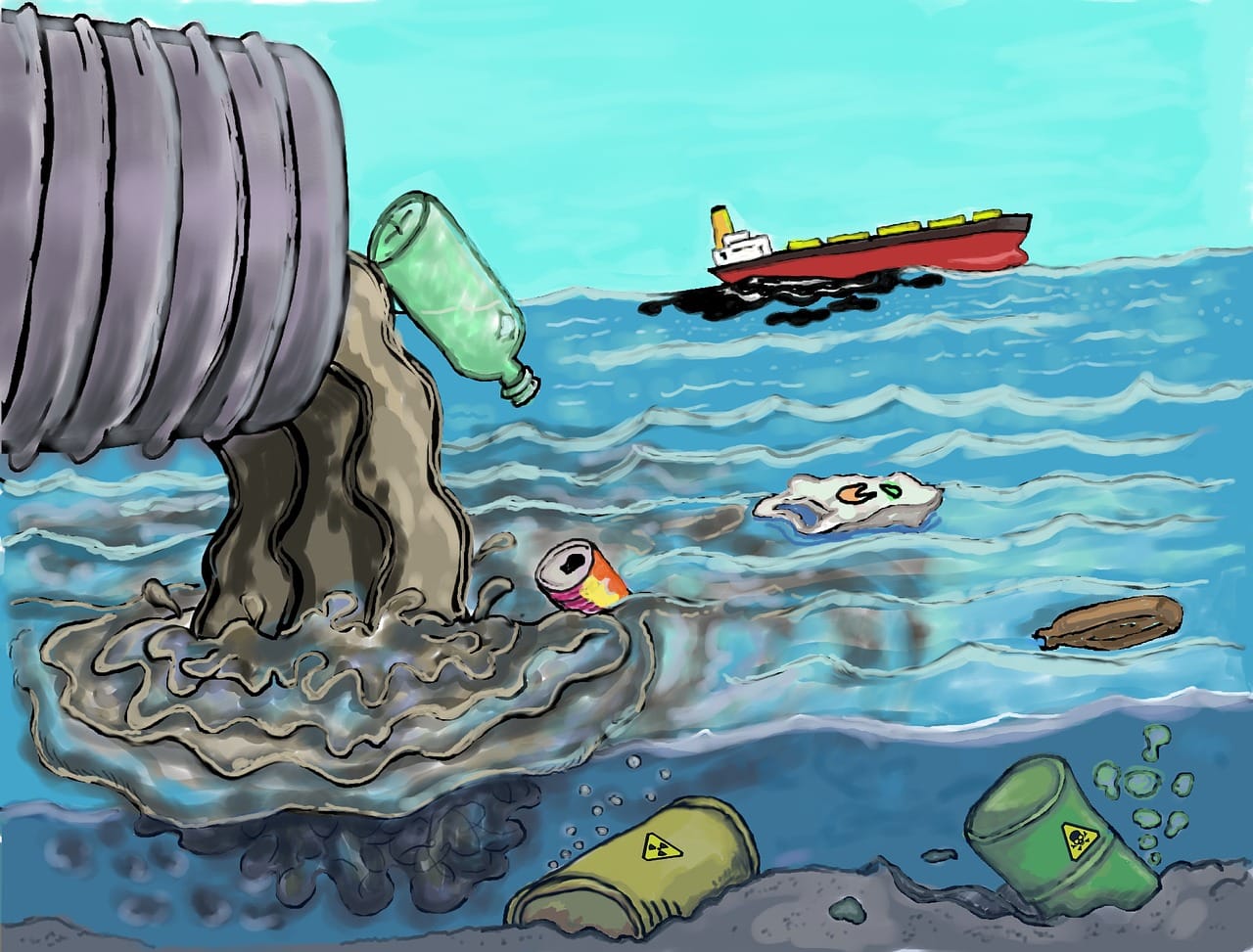Did you know that there’s a massive garbage vortex located in the Pacific Ocean?
Now if you know how big South Africa is, imagine that size, but bigger. Now, of course, there’s plenty of ocean to go around, so most people might think that it’s not a big deal, in retrospect, compared to the ocean.
The reality is that it is a massive deal. The Great Pacific Garbage Patch spans over 1.6 million square kilometres and is part of the North Pacific Gyre, which is the name referred to as the region in the ocean that collects the most plastic.
Many researchers have conducted a survey and study, by using plains and boats to observe the water. What they found, is that there is roughly 16 times more plastic than initially expected.
The truth about The Great Pacific Ocean Garbage Patch
It’s a scary phenomenon when you see it up close, and you can’t imagine how marine life struggle to survive in these Pacific waters, but still, there is marine life suffering daily. It is, in fact, so bad, that you’d think it might be better if the sea life living in these waters weren’t there at all, as it is affecting them in a very negative way, making them sick, and even leading to thousands of fish’s deaths.
The Great Pacific Ocean Garbage Patch compiles each piece of plastic that reaches the ocean. It doesn’t matter where people litter, somehow the wind will blow it in the gutter, the rivers, or some streamline of water, and it will end up in the ocean.
The compiled plastic gets picked up by the currents and as it travels further into the ocean, it collects in The Great Pacific Ocean Patch, which is often also described as a huge swirling vortex, bigger than the actual size of the most southern country on the African continent, South Africa.
With its rapid growth and collecting of plastic at a rapid pace, the marine life in the Pacific Ocean will cease to exist in the future as we know it unless a great change is implemented today.
Get bottled water coolers and plumbed water coolers from Living-Water in London.






